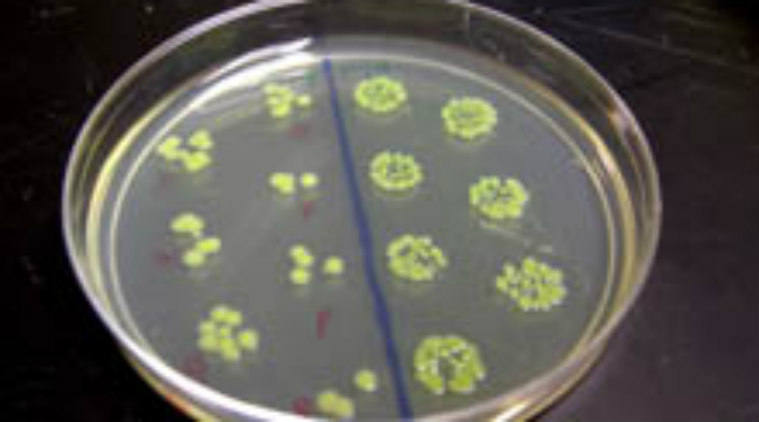- India
- International
NASA to launch E. Coli into space to study antibiotic resistance, lowest dosage to kill bacteria
To study microgravity's effect on bacterial antibiotic resistance, scientists are set to send E. coli to the International Space Station (ISS)
 To study microgravity’s effect on bacterial antibiotic resistance, scientists are set to send E. coli to the International Space Station (ISS) (Image Source: NASA).
To study microgravity’s effect on bacterial antibiotic resistance, scientists are set to send E. coli to the International Space Station (ISS) (Image Source: NASA).
To study microgravity’s effect on bacterial antibiotic resistance, scientists are set to send E. coli, a common bacterial pathogen linked to urinary tract infections and foodborne illnesses, to the International Space Station (ISS). The E. coli AntiMicrobial Satellite (EcAMSat) mission is scheduled to launch to the ISS on Orbital ATK’s Cygnus cargo spacecraft on Saturday along with a slew of other science experiments and supplies for the Expedition 53 crew, Space.com reported.
Antibiotic resistance could pose a danger to astronauts, especially since microgravity has been shown to weaken human immune response, NASA said. The E. coli AntiMicrobial Satellite mission will investigate spaceflight effects on bacterial antibiotic resistance and its genetic basis. The experiment will expose two strains of E. coli, one with a resistance gene, the other without, to three different doses of antibiotics, then examine the viability of each group.
“Results from this investigation could contribute to determining appropriate antibiotic dosages to protect astronaut health during long-duration human spaceflight and help us understand how antibiotic effectiveness may change as a function of stress on Earth,” NASA said. Rather than being housed inside the space station, this experiment will take place in a 6U cubesat, a small satellite that has six times the volume of a single cubesat.
The fundamental scenario of the experiment protocol will start four days after launch of the EcAMSat satellite by allowing an initial growth and then starvation period for E. coli bacteria contained in 48 microfluidic wells. The investigation aims to determine “the lowest dose of antibiotic needed to inhibit growth of Escherichia coli (E. coli), a bacterial pathogen that causes infections in humans and animals,” NASA officials wrote in a description of the experiment.
More Tech
Apr 26: Latest News
- 01
- 02
- 03
- 04
- 05









































